Joe Malmisur, Interpretive Naturalist
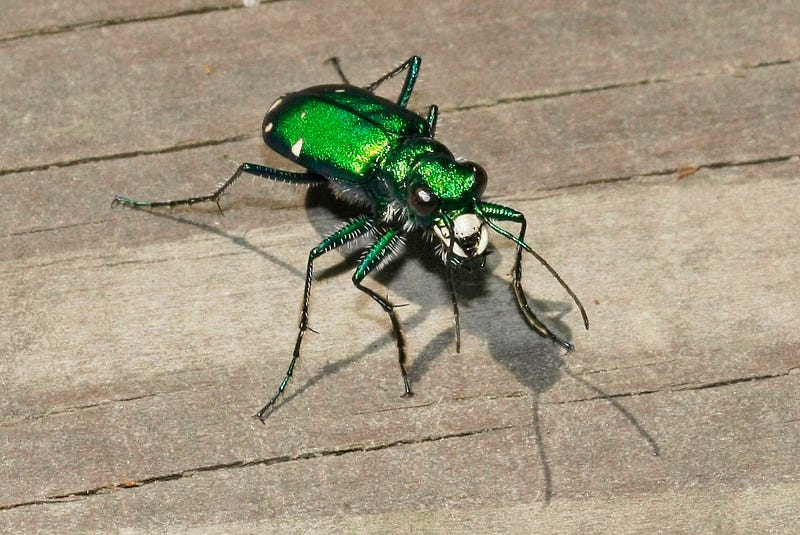
Part 2: “Good Bugs” (Predators, Parasites and Pollinators!)
Congratulations!! By this time of the summer you are probably knee-deep in zucchini, cucumbers and tomatoes, and are thinking about opening a roadside stand. By chance or other means (chemical), you have successfully thwarted the “bad bugs” (See Part 1) bent on ruining your hard work and you are truly enjoying the fruits of your labor. Well done!

As you have toiled in your garden or have been admiring it as it grows, you may have seen many of the “good bugs” of the garden. Little did you know they were voraciously eating the pests. So, how do we encourage these garden helpers? What do they look like? What are their needs? Do we need a combination of chemicals and good bugs to keep our gardens safe? Relax, get an iced tea, and we will sort this stuff out.
First, let’s discuss chemical pesticides. All chemical pesticides carry some level of risk. The National Pesticide Information Center determines the danger level of pesticides based on their level of toxicity, multiplied by how much exposure occurs. Additionally, it is important to know when to apply a pesticide and its effectiveness on the insects you are dealing with.

The first and most obvious benefit to encouraging “good bugs” to visit your garden is not having to resort to using chemical pesticides. Good bugs know what they are doing and do it very effectively — let nature handle it! It’s also free, and you don’t have to expose yourself to chemicals during mixing and application process. Plus, and this is a big plus, chemical pesticides don’t only wipe out the bad bugs — they are just as deadly to the good bugs. This is bad for the long-term maintenance of your garden, as there won’t be a population of natural predators to feed on the pests.
Now let’s get into the nitty gritty. Remember…all bugs are insects, but not all insects are bugs. “Good bugs” are members of several different families. We talked about the top ten bad bugs, now here are the top families of predatory insects. As with the bad bugs, I will highlight what they eat and how to attract them to your garden.
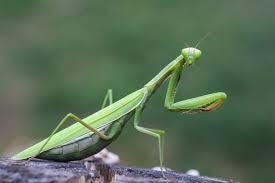
Mantids — We know them as praying mantis. They are what is called an ambush predator. They sit and wait until some delectable meal passes by and eat anything they can catch.

Dill, fennel, marigolds, and cosmos will attract them to your garden area. The most commonly seen is the Chinese mantis, large and green. Ohio’s native mantis is the Carolina mantis and is brownish grey.

True bugs — This family, Hemiptera, have piercing, straw-like mouthparts. They pierce their prey, inject enzymes which digest the insides of the prey, and then they suck it out. Just like a Slurpy(tm)!

This group has the best names as well: minute pirate bugs, assassin bugs, walking sticks, ambush bugs and wheel bugs. All these bugs can inflict a painful bite, especially the wheel bug, so be careful when encountering these insects.
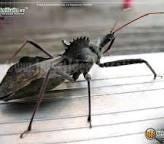
This family likes to dine on cucumber beetles, potato beetles, aphids and stink bugs. Dill, fennel, coriander, mints and goldenrods will attract these to your garden.
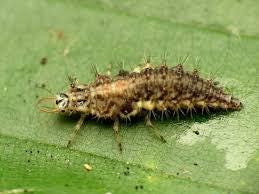
Lacewings and net-wings — This family, Neuroptera, undergoes complete metamorphosis. In some cases, both the larva and adults are deadly to garden pests. In others, it is the larvae that do all the damage.

Brown and green lacewings are the most common ones we will see in our gardens. The larvae are extremely effective predators, especially on aphids. One member of this group, called a mantid fly, looks like a combination praying mantis and fly. It hunts at night as an ambush predator and will eat anything it can catch.
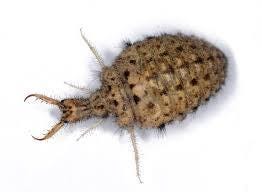
Ant lions, as the name indicates, eats ants. The larvae bury themselves into the ground, waiting to ambush unsuspecting ants with their large pincers. Coriander, fennel, dill, tansy, and sunflowers will attract this group to your garden.

Beetles — This group, Coleoptera, has the largest number of species of any insect family. In North America, there are 450 species of lady beetles alone.
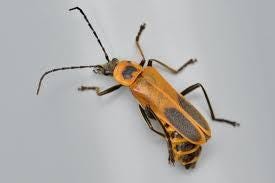
Soldier beetles, ground beetles, tiger beetles, lady beetles (ladybugs), fireflies, rove beetles and soft wing flower beetles are all outstanding predators of the bad bugs in your garden.

Both the adult and larva are predatory in most of these groups. Both adults and larvae consume the eggs, larvae and even adults of their prey. Beetle larvae can be found in the ground, on the ground or on plant material.

Zinnia, goldenrod, mint, parsley, cosmos, perennials and compost will attract these beetles to your garden. Some beetles will eat slugs and snails. Others will eat grasshoppers and other larger insects. Larva will attack aphids, mites and thrips.
So, as you can see, there are many good bugs at your service. All you have to do is entice them into your garden and let them do what they do best: eat!